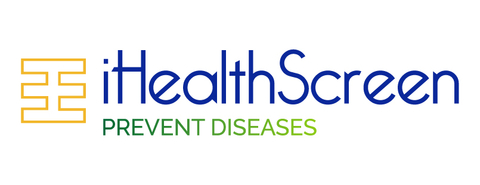iHealthScreen Developed and Validated Risk Prediction Models for Cardiovascular Diseases Using Individual’s Retinal Color Images and Health Data
iHealthScreen Developed and Validated Risk Prediction Models for Cardiovascular Diseases Using Individual’s Retinal Color Images and Health Data
The stroke and heart attack prediction results will be presented at the 47th Congress of the European Society of Cardiology (ESC), London, UK, from 30th August to 2nd September 2024.
NEW YORK--(BUSINESS WIRE)--iPredict™ Stroke and heart attack prediction models provide AI-based automated prediction scores for incident stroke and heart attack (i.e., myocardial infarction (MI)) which identifies the individuals who are at risk of having stroke and MI within 5 years. These results were peer-reviewed and accepted by the scientific review team and will be presented at the ESC Congress which will be held between 30th August and 2nd September 2024. The iPredict stroke and MI prediction models aim to help prevent strokes and heart attacks, saving millions of people from deaths or disabilities.
Using the high-resolution retinal color images of the individual’s eyes and health data, the iPredict™ AI System’s stroke and MI prediction results will be available in fully automated reports in less than 60 seconds. The entire test can easily and reliably be completed within 5 minutes.
For the identification of individuals who will suffer a stroke or heart attack in 5-year, the prediction models offer an overall accuracy of
- incident stroke with a sensitivity of 82.73%, specificity of 87.35%, and accuracy of 85.22%.
- incident MI with a sensitivity of 84.76%, specificity of 84.67%, and accuracy of 84.71%.
iPredict achieved higher accuracy than existing stroke and heart attack prediction models such as Framingham and Chads scores/CHADS2VASC scores.
iPredict’s stroke and MI models can be used to alert physicians of the need to take further preventive measures for these patients in the primary care settings.
The company also has AI-based screening tools for early diagnosis of diabetic retinopathy (DR), age-related macular degeneration (AMD), and glaucoma which are CE certified (i.e., cleared for the European market), MHRA/UK Health, TGA/Australian and UAE health approved.
iHealthScreen company is open to partnerships for collaboration and/or co-development of its products in various territories. For more information: https://www.iHealthScreen.org
Contacts
Alauddin Bhuiyan, Ph.D.
CEO, iHealthScreen Inc.
E: bhuiyan@ihealthscreen.org
T: +1 718 926 9000
